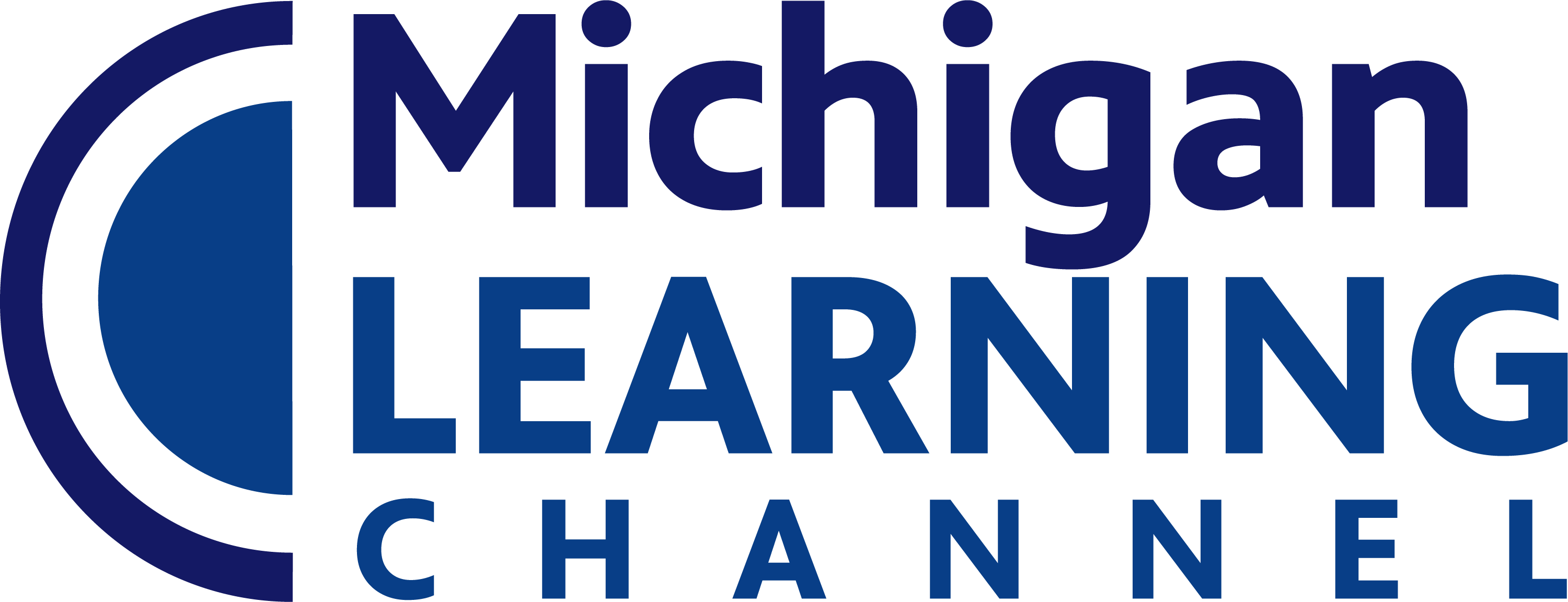Grades
Standard
Demonstrate increasing kinesthetic awareness, concentration, and focus in performing movement skills.
Speculate on the meaning of a theatrical production as impacted by its politics and culture.
Compare and contrast the feelings and emotions portrayed on stage to one's personal experiences.
Understand the varying qualities of materials, techniques, media technology, and processes at an emerging level.
Understand the concept of proper use of art materials and using tools safely and responsibly at an emerging level.
Employ reflective thinking skills by observing, analyzing, and critically evaluating works of art for the purpose of improving technical quality [...]
Produce and exhibit a final product that demonstrates quality craftsmanship and technique at an emerging level.
Develop and apply critical thinking strategies through the art making process at an emerging level.
Collaborate, communicate, and work with others to create new ideas at an emerging level.
Initiate new ideas employing inventiveness and innovation at an emerging level with increasing independence.
Make knowledgeable choices about materials, techniques, media technology, organizational principles, and processes to articulate ideas and communicate intended meaning at [...]
Critically observe, describe, and analyze visual characteristics at an emerging level.
Interpret artwork searching for embedded meaning, function, and personal connections at an emerging level.
Improve descriptions of how the artist’s choice of materials, techniques, media technology, and processes influence the viewer.
Describe and compare the relationships between the art forms and their characteristic materials.
Describe ways in which music is related to the subject matter of at least two other disciplines.
Serve as leader to utilize effective communication and organizational skills to facilitate a successful rehearsal.
Execute a variety of different research methods: script inference, human observation, and personal experiences to create characters.
Create monologues, dialogues, and short plays in response to real life conflict.
Examine and demonstrate the role of the designer and technical elements in the theatre process.
Study a play or story, and visualize, draw, and create a simple theatrical environment for it.
Analyze and discuss recurring themes and patterns in a script to inform technical decisions.
Apply research to make informed artistic choices to support the creation and portrayal of characters and their stories.
Compare and contrast materials from various sources to discover how they affect audience response.
Use descriptive vocabulary and analytical thinking to give and receive constructive criticism.
Use theatre vocabulary to critique and evaluate the effectiveness of theatrical productions.
Produce written, verbal, and visual responses to students' written and/or performed dramatic material.
Demonstrate a basic knowledge of non-Western theatre history such as that of Asia, Africa, India, and Australia.
Explore the ways in which many cultures have used theatre to raise social awareness.
Interact with and examine a wide variety of professions stemming from theatre, such as screen writing, critic, fashion designer, architect, [...]
Demonstrate understanding of other art disciplines by identifying similarities and differences.
Sing and play with expression and technical accuracy, an increasingly diverse repertoire of literature at developmentally-appropriate levels. Perform at least [...]
Grades
Standard
Demonstrate increasing kinesthetic awareness, concentration, and focus in performing movement skills.
Speculate on the meaning of a theatrical production as impacted by its politics and culture.
Compare and contrast the feelings and emotions portrayed on stage to one's personal experiences.
Understand the varying qualities of materials, techniques, media technology, and processes at an emerging level.
Understand the concept of proper use of art materials and using tools safely and responsibly at an emerging level.
Employ reflective thinking skills by observing, analyzing, and critically evaluating works of art for the purpose of improving technical quality [...]
Produce and exhibit a final product that demonstrates quality craftsmanship and technique at an emerging level.
Develop and apply critical thinking strategies through the art making process at an emerging level.
Collaborate, communicate, and work with others to create new ideas at an emerging level.
Initiate new ideas employing inventiveness and innovation at an emerging level with increasing independence.
Make knowledgeable choices about materials, techniques, media technology, organizational principles, and processes to articulate ideas and communicate intended meaning at [...]
Critically observe, describe, and analyze visual characteristics at an emerging level.
Interpret artwork searching for embedded meaning, function, and personal connections at an emerging level.
Improve descriptions of how the artist’s choice of materials, techniques, media technology, and processes influence the viewer.
Describe and compare the relationships between the art forms and their characteristic materials.
Describe ways in which music is related to the subject matter of at least two other disciplines.
Serve as leader to utilize effective communication and organizational skills to facilitate a successful rehearsal.
Execute a variety of different research methods: script inference, human observation, and personal experiences to create characters.
Create monologues, dialogues, and short plays in response to real life conflict.
Examine and demonstrate the role of the designer and technical elements in the theatre process.
Study a play or story, and visualize, draw, and create a simple theatrical environment for it.
Analyze and discuss recurring themes and patterns in a script to inform technical decisions.
Apply research to make informed artistic choices to support the creation and portrayal of characters and their stories.
Compare and contrast materials from various sources to discover how they affect audience response.
Use descriptive vocabulary and analytical thinking to give and receive constructive criticism.
Use theatre vocabulary to critique and evaluate the effectiveness of theatrical productions.
Produce written, verbal, and visual responses to students' written and/or performed dramatic material.
Demonstrate a basic knowledge of non-Western theatre history such as that of Asia, Africa, India, and Australia.
Explore the ways in which many cultures have used theatre to raise social awareness.
Interact with and examine a wide variety of professions stemming from theatre, such as screen writing, critic, fashion designer, architect, [...]
Demonstrate understanding of other art disciplines by identifying similarities and differences.
Sing and play with expression and technical accuracy, an increasingly diverse repertoire of literature at developmentally-appropriate levels. Perform at least [...]


